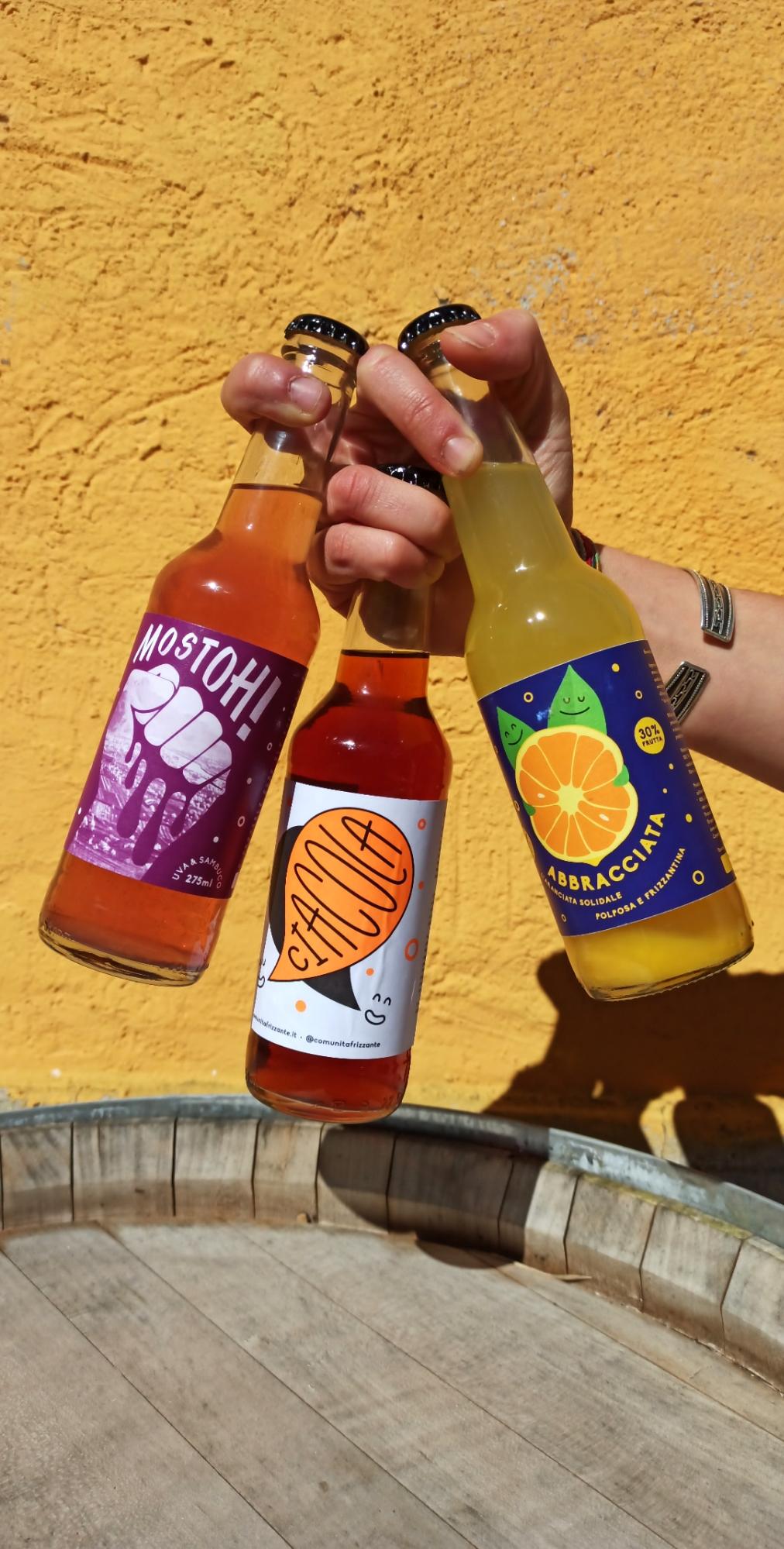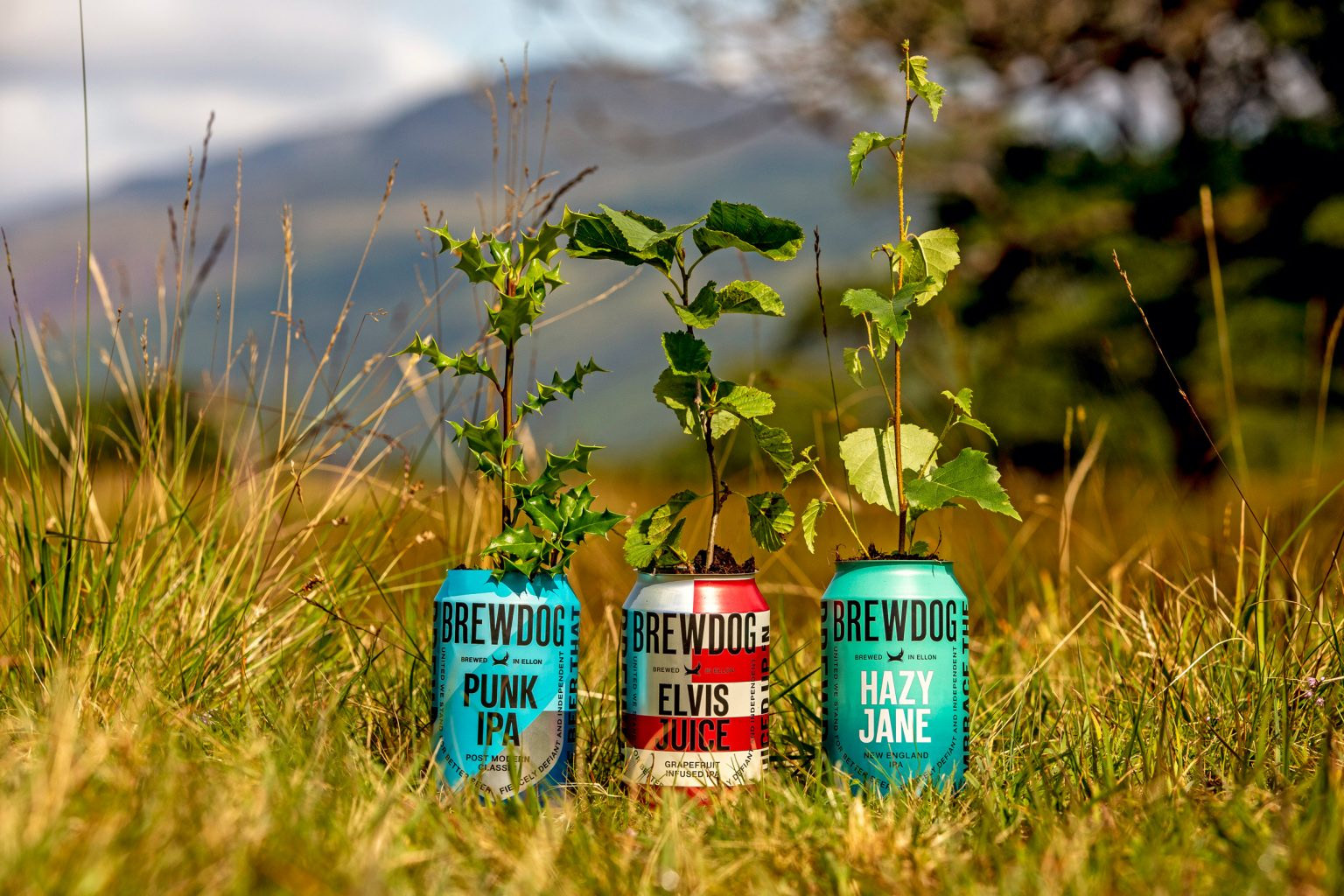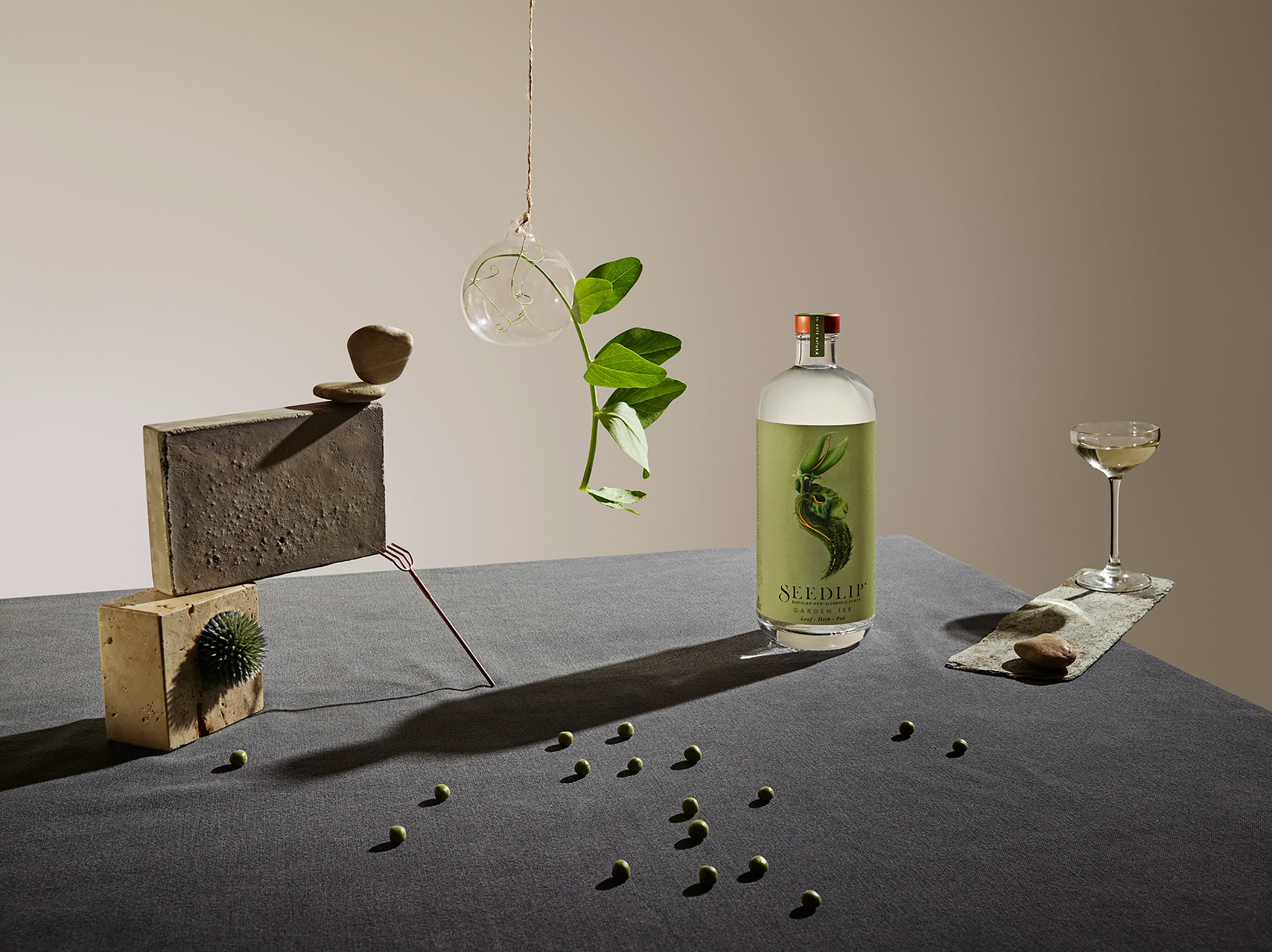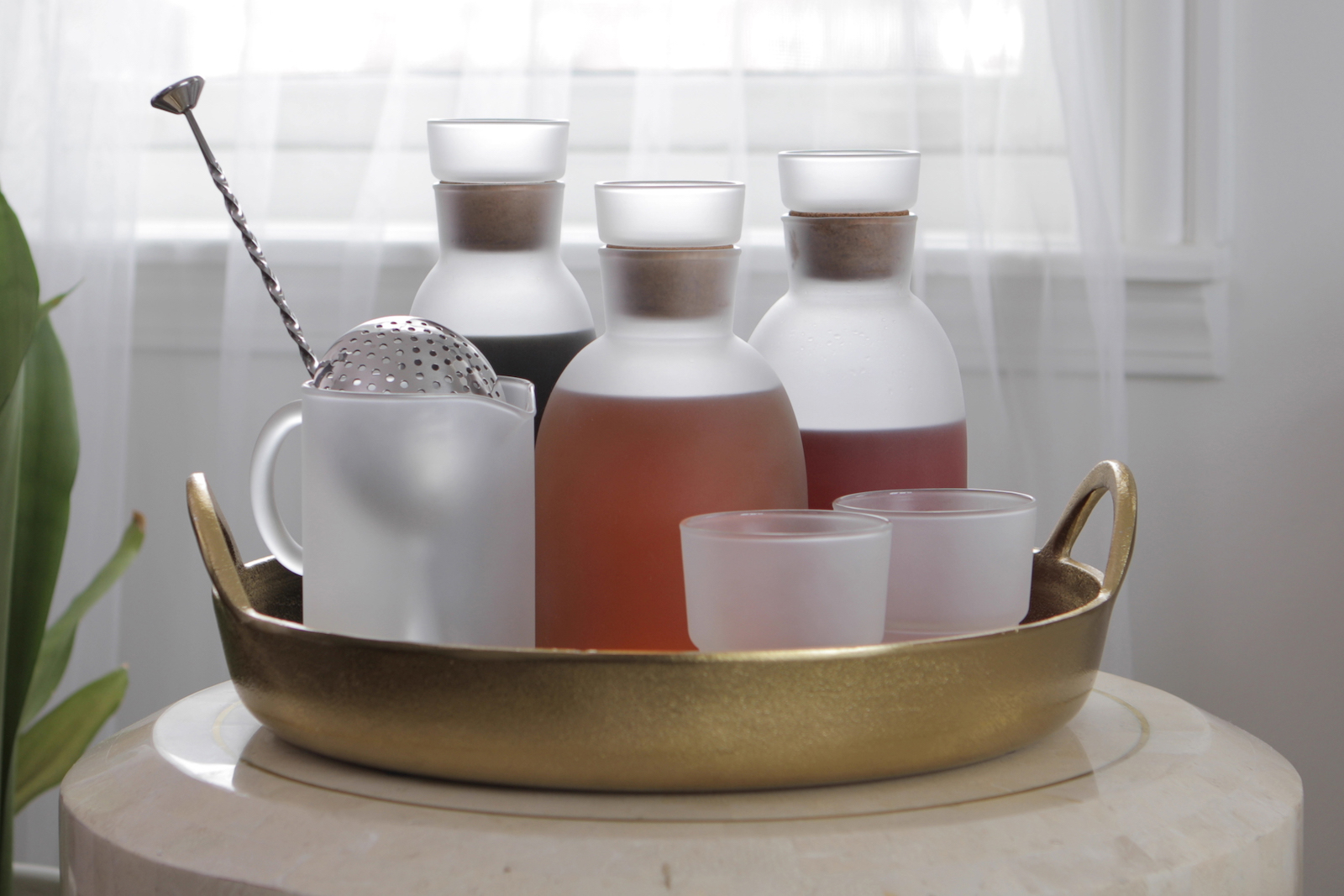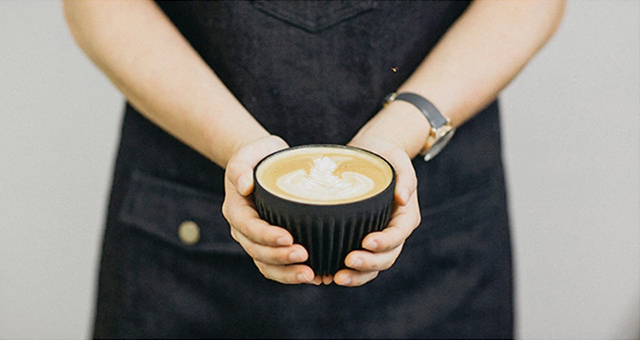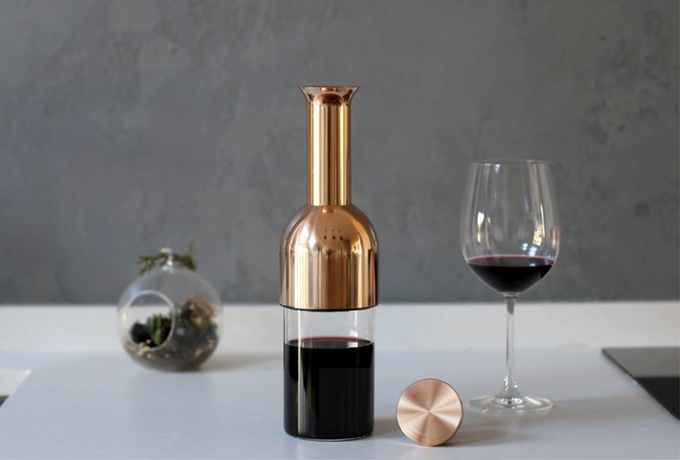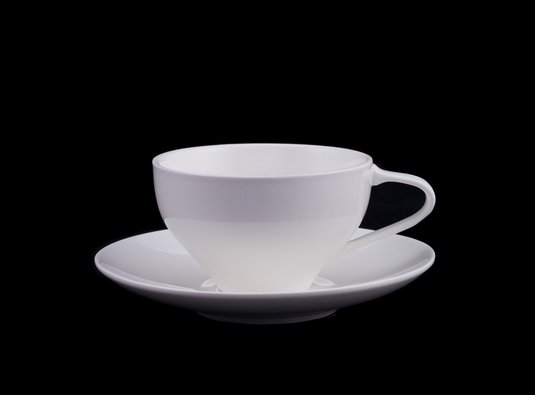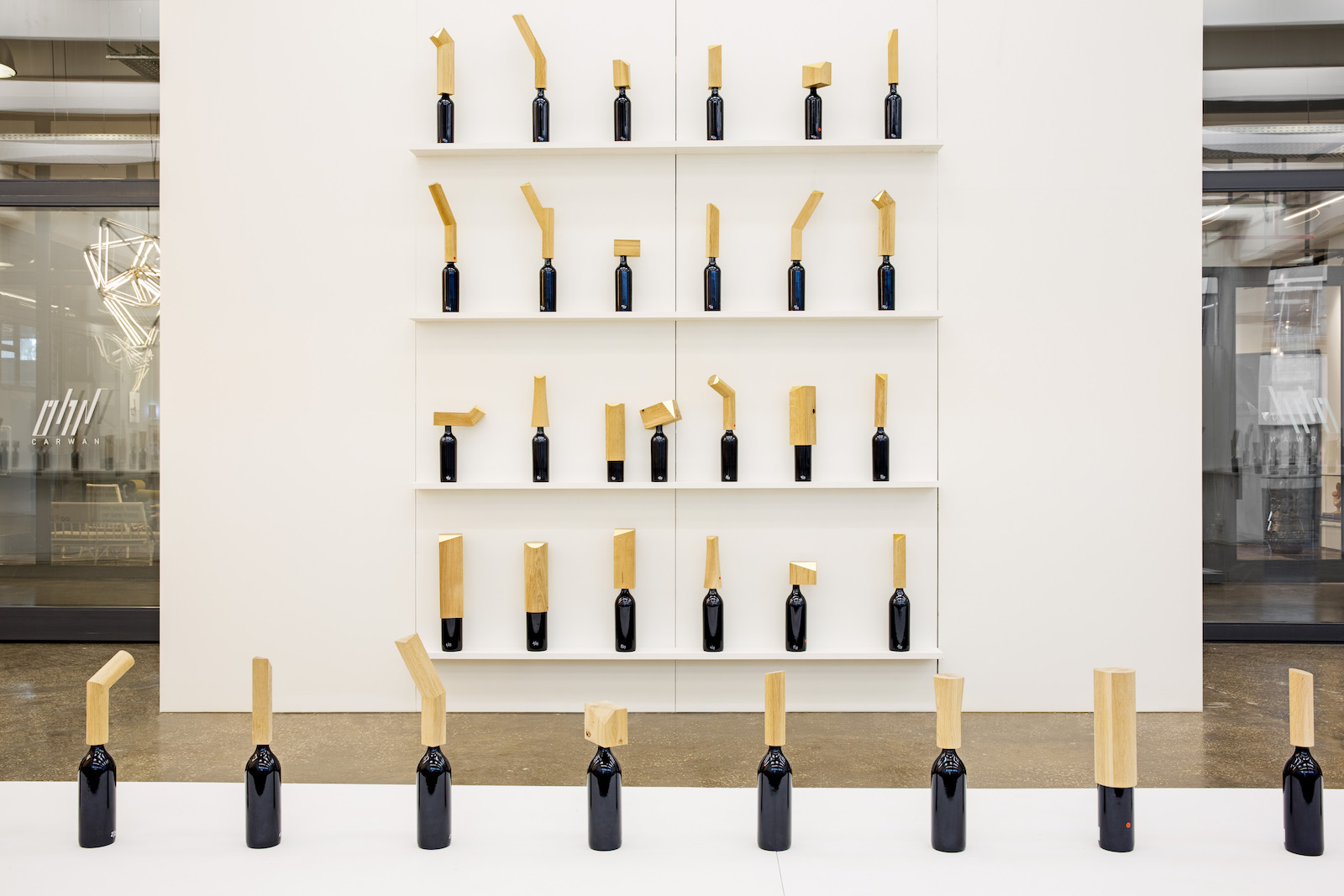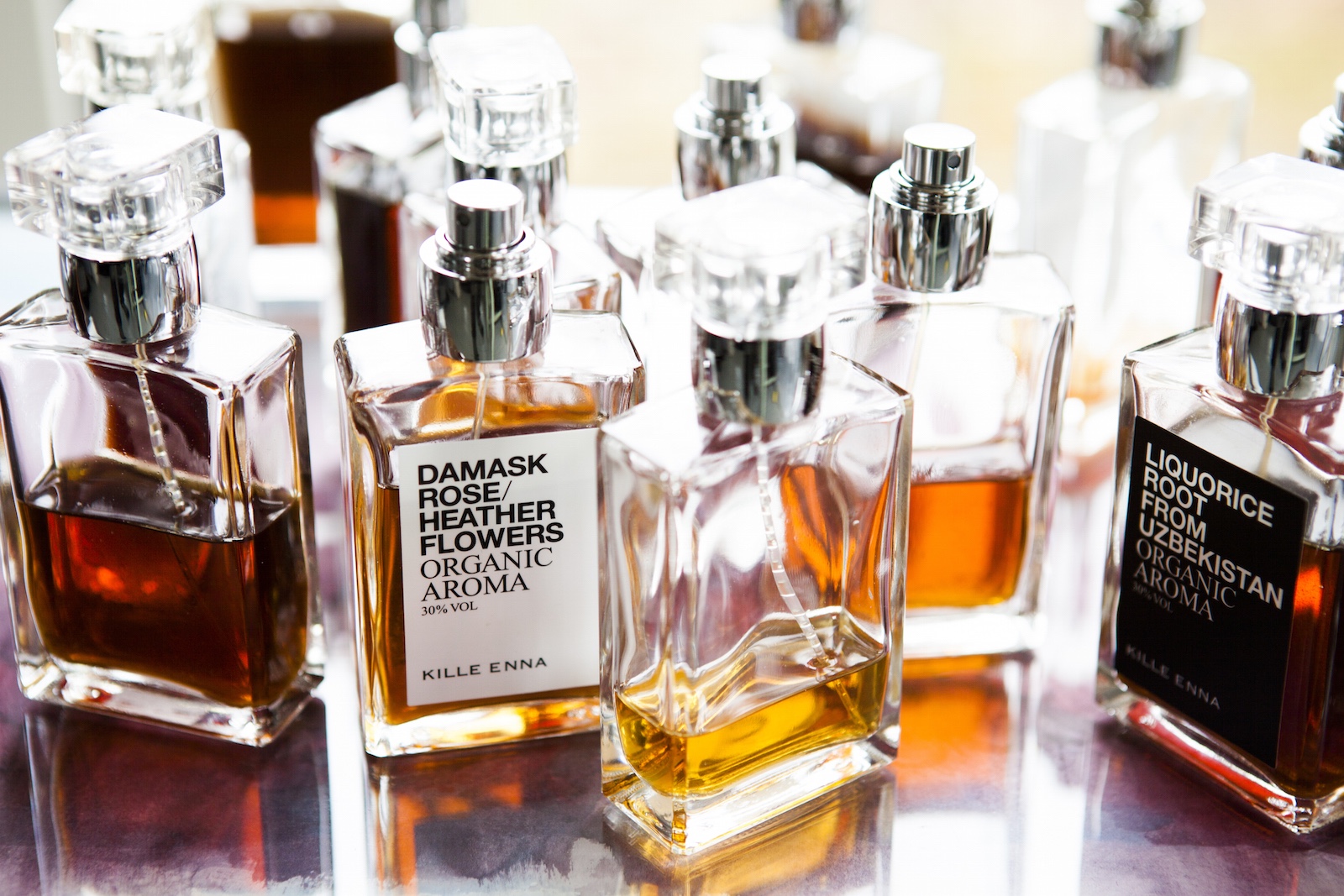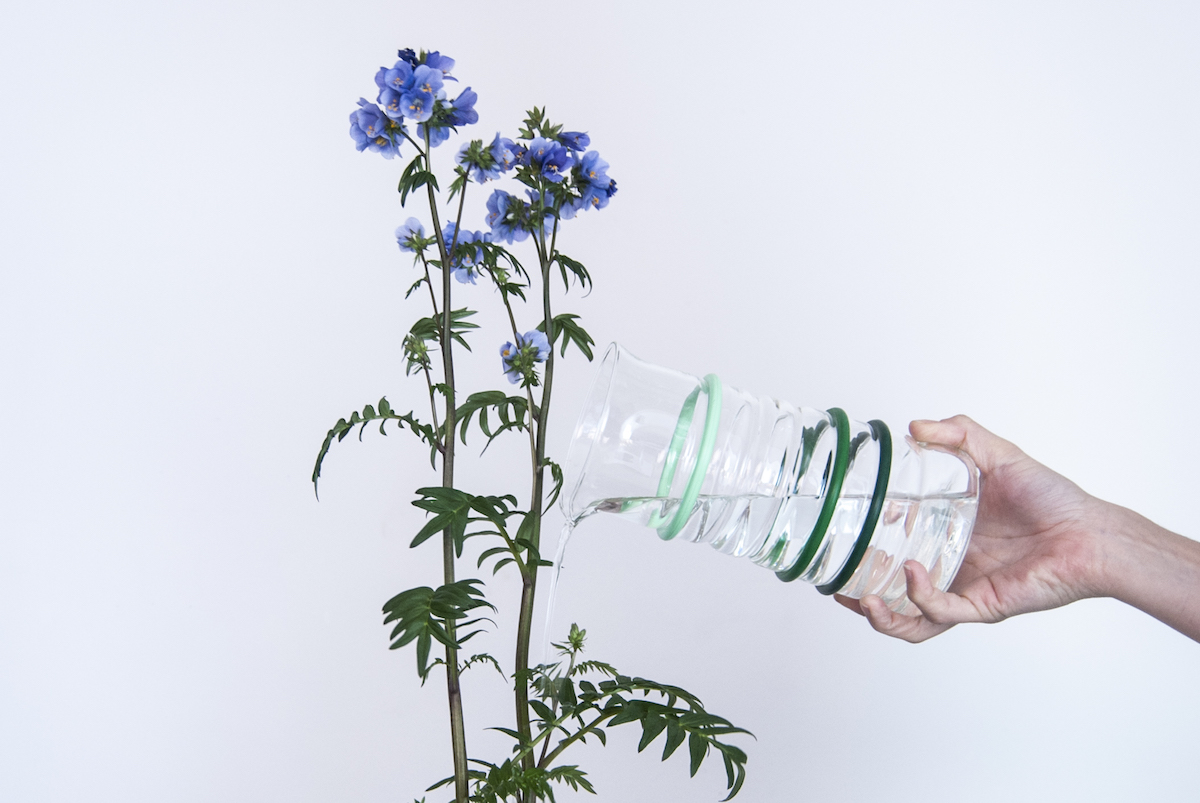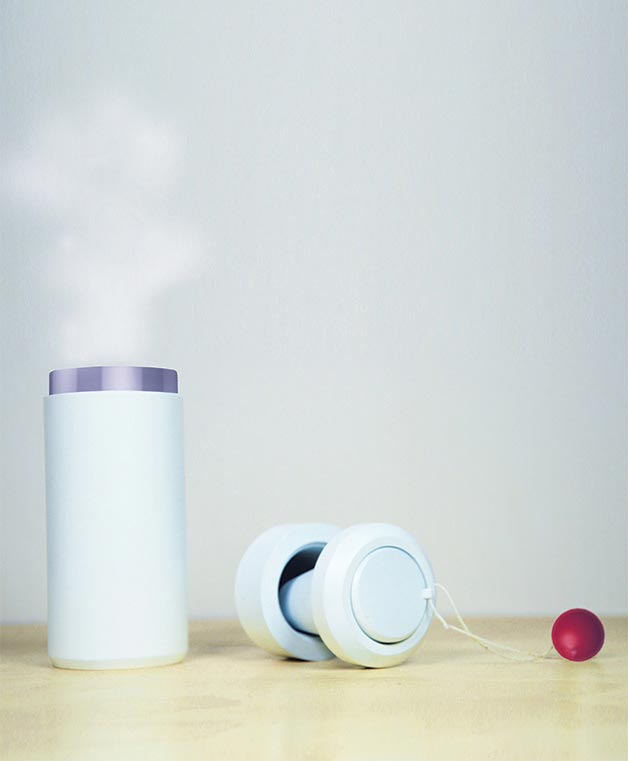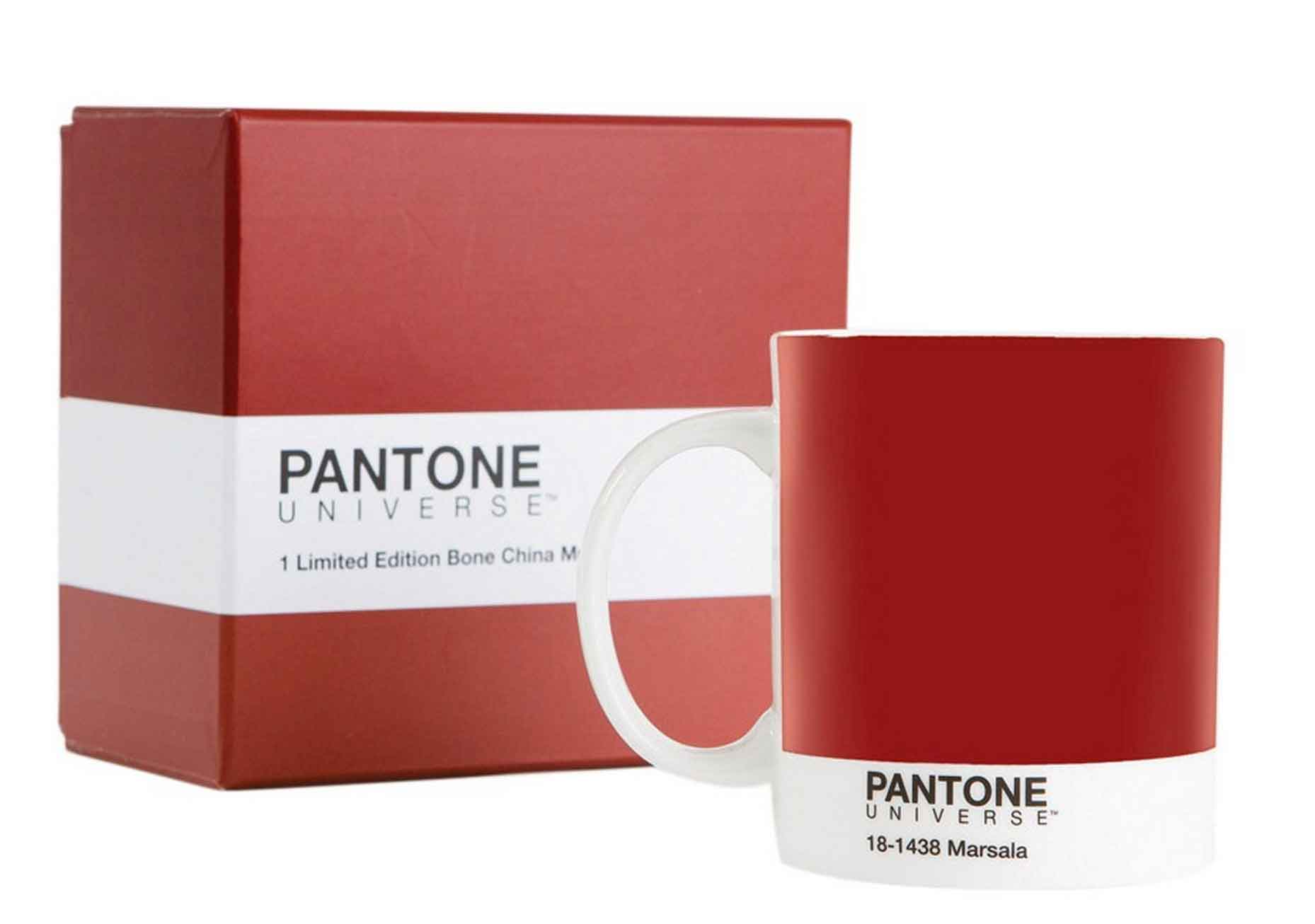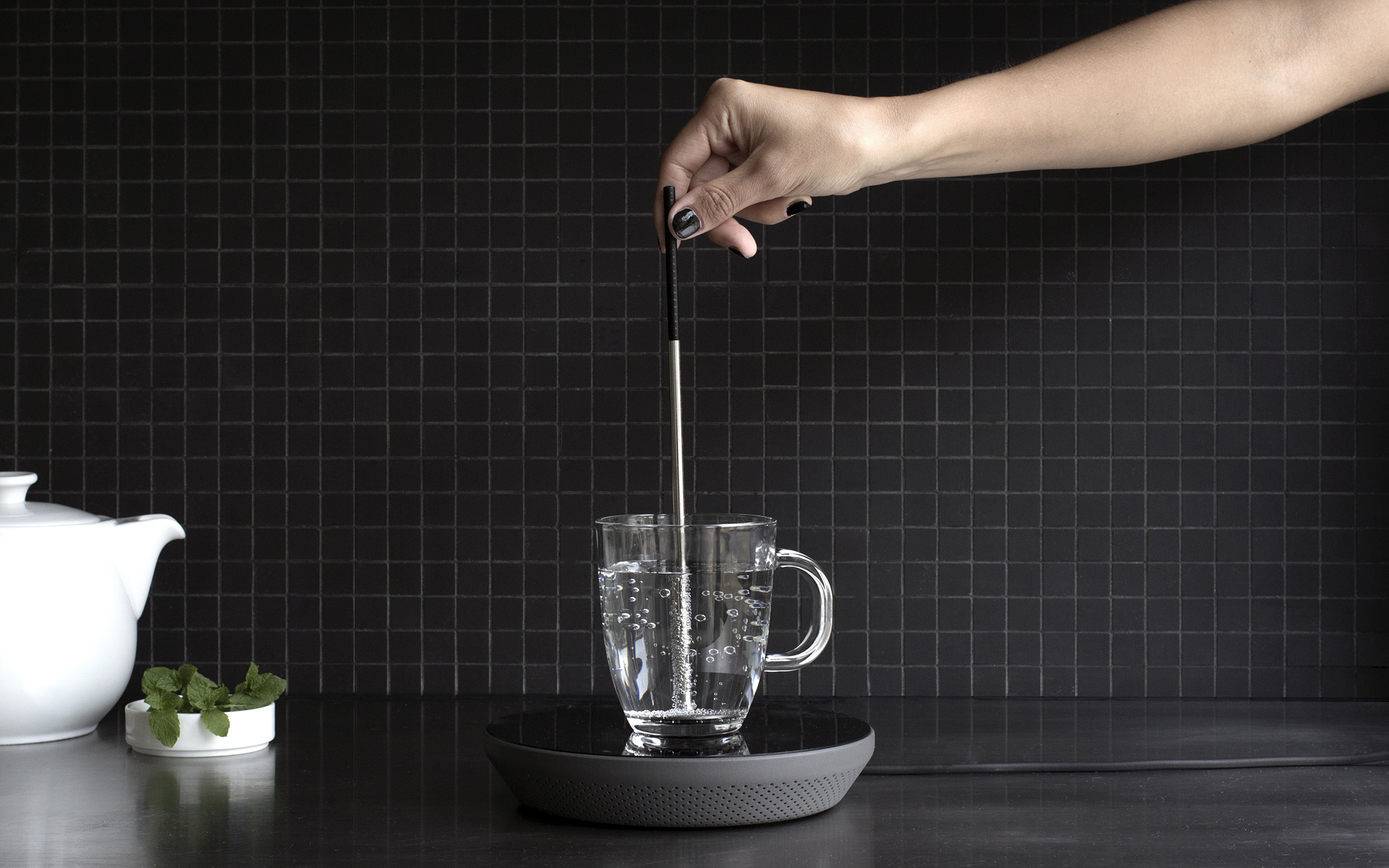Forget marshmallows on sticks or eating beans out of a can—today’s hikers have a new generation of portable kitchen tools and appliances to help them eat well on the trails. Even if you struggle to master the nuances of an indoor stove, this new wave of camp cooking gear is appealing. From compact burners to sleek tea kettles, companies like JetBoil and GSI have designed products that combine the freedom of outdoor activities with the reassuring smell of freshly brewed coffee.
[See our interview with BioLite CEO and founder on the design and innovation of the CampStove2 and their mission to bring energy everywhere.]
One such company is GSI. Founded by a pair of Canadian outdoor enthusiasts, they offer feather-light cookware and utensils that would look just as attractive lined up in your cupboard as they do packed away in your camping kit. Their speckled enamel plates, bowls and silverware embody a vintage aesthetic as if plucked from retro camping photos. But it’s GSI’s appliances that demonstrate the difference between designing a product for cooking outside versus inside.
At first glance, the sleek stainless steel Glacier Kettle could be a shinier version of the teapot sitting on your stove at home. GSI’s version, however, has a handle the folds up easily, an oblong profile for easy packing and is light weight for easy transport. Yet, the thin handle and metal exterior means you’re more likely to burn yourself by accidentally touching a just-boiled pot. While this omission would be unwelcome at home, on the trails it means less to carry, increasing the likelihood you’ll stash the kettle in your pack to prepare a morning pick-me-up.
 Glacier Kettle image courtesy of Daytraderwon
Glacier Kettle image courtesy of Daytraderwon
GSI’s bugaboo frying pan also offers an intuitive design that makes preparing food outdoors as simple as preparing it at home. Unlike the tea kettle, the frying pan isn’t lightweight—it’s just over a pound. But it packs away easily and is designed to integrate with other camping tools. The handle folds into the pan and the slightly curved bottom ensures it won’t fall off a burner when setting up camp on uneven ground. It’s nonstick surface, means less scrubbing pots in the wilderness, a chore even more cumbersome than in the kitchen.
Once you get your cooking equipment, you’ll need something to cook on. Savvy campers know that setting up a wood log fire is a hazard—a gust of wind could easily sweep away embers and start a forest fire. Enter Jetboil’s cooking systems. These lightweight, portable burners replace your old-school fire pit and only requires four minutes to boil water. Not only is it more efficient than a wood fire, but this mini-stove can also be used in all sorts of weather.
The cooking systems combine a burner and a cup for an all-in-one pot and stove device. After igniting the burner filled with isobutane-propane, the system quickly heats up, though how long it takes and how hot it gets depends on the power of the specific burner you’re using. You place a cup on top of the burner, which functions as both a cooking pot and a bowl to eat from. The cups are available in a range of sizes and shapes, depending on the type of meal you want to cook and how much water you want to boil. The pot attaches to the burner with a circular snap. This snap is protected by a detachable bowl, which doubles as a measuring cup. Each piece in a JetBoil cooking system functions not only to make camp cooking simple, but also to make cooking good food easy.
On one hand, today’s camp cooking technology liberates the modern hiker from the restraints of nature. Portable ranges allow outdoor enthusiasts to quickly cook a variety of meals regardless of the weather. Lightweight cooking tools mean campers can carry a well-equipped kitchen with them. Yet these products also allow people to experience nature to a greater degree. Liberated from the need to find fuel and finagle meals out of flimsy materials, modern outdoor cooking technology enables hikers to fully embrace outdoor life, fueled well and with respect to their environment.


